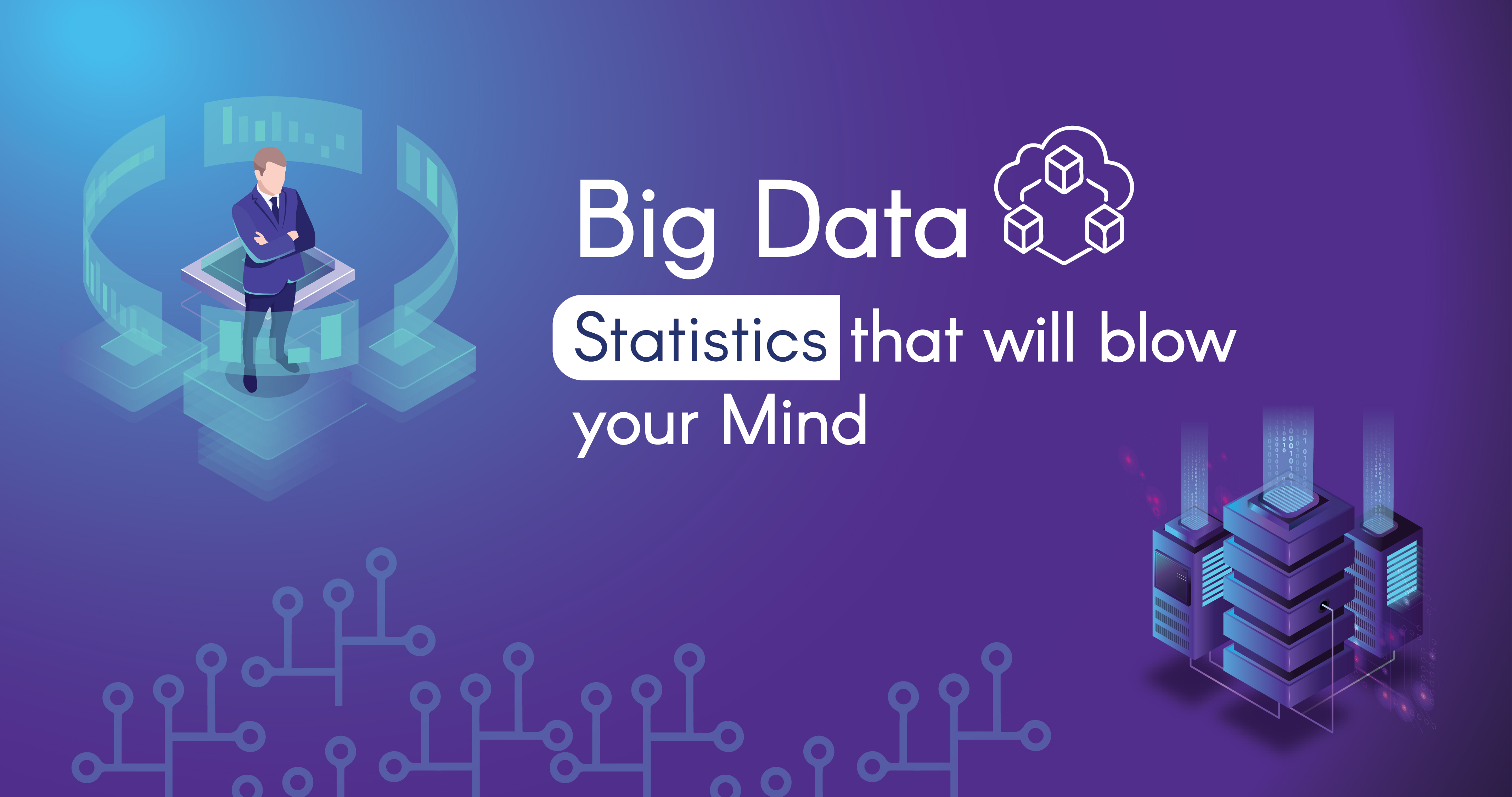Manufacturing- the cornerstone of civilization
Manufacturing, one of the important 3 pillars of the economic development of a company, has been nurturing human civilizations in ways that couldn’t be defined. In simple words, manufacturing is nothing but a scientific approach to creation. Creation could be abstract. It is not necessarily governed by rules and regulations. That is not the case with manufacturing. It is a process that has clear sets of “actions and consequences” laid out. Imagine it as a box where stuff happens. All you have to do is to feed the box any raw material. After stuff happens inside the box, the raw material is now converted into a usable product. This product can be sold to customers is used by organizations to achieve a certain goal.
This box, it’s not a simple thing to define. There are many parts inside the box. It has labor, machinery, raw materials, infrastructure, capital, maintenance, and a lot more. All these independent elements should work together, in order to march towards a common vision. If not for the concept of manufacturing, any country would have fallen apart. That’s why it is not a big stretch to call it a cornerstone of civilization.
Big data in manufacturing
The process of manufacturing needs the coordinated work of various departments. In order to work efficiently, each of these departments needs to know about the information they have in their hand. They also have to know the end product they are going to produce, and have a clear idea of their contribution to the end product. Big data comes into the picture at this point. It helps in effective data gathering and proves to be a big help in the operation parts of the process. Big data in manufacturing also has a big advantage in cost management and increasing efficiency.
Any process in this world cannot be 100% complete. There will be a space for error, and the manufacturing industry is prey to this phenomenon. Manufacturing data analytics, which uses big data to effectively apply the information to increase the efficiency of the process, is one of the biggest boons. Using data scientists and analysts to navigate through the data, allocating data points that serve as a critical point of observation, identifying patterns in the data collected, and mapping out efficient communication methods to transfer all these information across the hierarchy- these pretty much sums up the process of manufacturing data analytics.
The goal of ‘manufacturing data analytics’
Manufacturing analytics’ goal can be summed up in one phrase- independent and self-sustaining factories. This is the long-term goal towards which manufacturing data analytics is marching. Big data in manufacturing means the availability of an ocean of data from which many inferences can be drawn. There is a ton of structured and unstructured data available in a ‘manufacturing system’. Seeing this data as a part of the structure will help to increase the efficiency of the process. The efficiency of the process is everything in the process of manufacturing. Big data and manufacturing data analytics sure paves the road for it.
The aim of manufacturing data analytics is also to ensure that the employees who are part of the manufacturing process, irrespective of their titles, understand the process they are working on. The objectives of the individual workers have to be in line with the greater vision of the company. Understanding and educating the employees about the value they are adding to the products will prevent over-exploitation of the workers.
Big data in manufacturing with the help of manufacturing data analytics identify patterns that could be optimized to increase the efficiency of the process. This will help in smoother operation and eventually result in maximum efficiency. Manufacturing data analytics can also help in asset maintenance. It can predict the machinery’s burnout and projects realistic data of the optimization of the assets. This is an important step in creating a self-sustaining factory that operates close to the ideal conditions.
Imagine this scenario…
For example, a factory produces 1 crore uniform products. It is found that there is a manufacturing deficiency of 0.5%. Apart from this, it is found that a total of 1.5% of the product is damaged because of the unsupervised workers towards the end section of the process.
If one thinks that a deficit of 2% is acceptable, then they should identify the number they are losing in terms of potentially marketable products. 2% of 1 crore is 2 lakhs. Hence, the company is losing 2 lakhs potential products that could have fetched profit from the market. So what is the solution?
The solution of the scenario looks simple because we as a third person can understand where they went wrong. The real-time solution in such scenarios is difficult to identify and complex to solve. Big data in manufacturing becomes a pool where all the technical data and the unstructured data that’s happening in the factory get stored. Data points have to be established at various points of the process to register the events. The ability to obtain reliable data that doesn’t eat up too much time is also necessary. From the data collected, manufacturing data analytics use the data available in their hand to identify patterns. When a certain event pair with another event, it is identified and marked, no matter how redundant they may look together. Then a relation is to be established between the two events. If one triggers the other event, then a scientific approach to the system is developed. From here, solutions can be provided for the particular problems.
In this factory scenario, there may be a supervisor who takes a break during the working hours of the unsupervised workers or there could be a lack of proper training for the workers or the workers may be unaware of the quality of the product they are supposed to produce or even worse, it could be all these things happening simultaneously. It is the job of manufacturing data analysts to understand and isolate the events to arrive at a solution that benefits all.
CONCLUSION
The combination of manufacturing industry and data analytics consulting firms could produce results that could evolve a country. As the manufacturing industry plays an important role in the economic development of the country, it is a must to take this process seriously. Optimization should be done wherever possible to produce a higher yield at low costs. Big data in manufacturing could also be used to identify the human resource that is being spent in the process. Allocation of this crucial resource could be a game-changer. Considering data analytics consulting firms to help in the transformation is a step towards progress. They have the resources to deploy highly skilled analysts and scientists and create extreme strategists that have the credibility to it. This is not just about the future of the organization, but a major leap towards shaping the future of the country.







